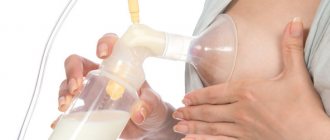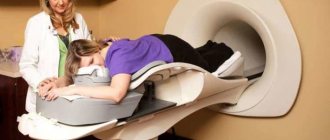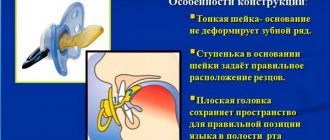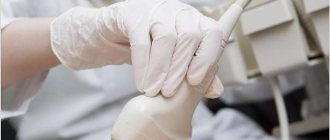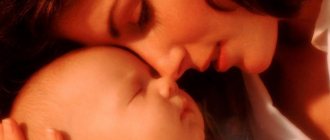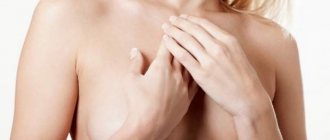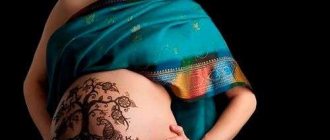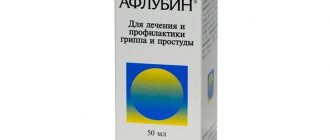Most often, women who have become mothers for the first time complain about nipple pain during breastfeeding. As a rule, this problem arises due to inexperience, because breastfeeding, although a natural process, is not always easy. Nipples hurt when feeding, usually at the very beginning of breastfeeding. Many mothers complain of burning or throbbing pain during feeding. Such sensations often make a nursing woman want to quickly complete lactation and switch the baby to formula. But you shouldn’t rush into a decision, because breast milk is incomparable in value to artificial nutrition, and the problem of pain and discomfort in the nipple area is usually solvable.
Main reasons
So why do nipples hurt when feeding? After childbirth, when milk begins to arrive, young mothers often experience very engorged breasts. A big mistake is a woman’s desire to drink as much as possible in the first days. It is during this period that fluid intake should be limited, because the arrival of milk in large volumes is an obstacle to the baby’s proper latching of the nipples. The breasts become too tight, the nipples increase significantly in size, and it is simply difficult for the newborn to latch on to them correctly. And then, with their mouth only partially covering the nipple, mothers begin to experience severe pain when feeding.
Often this problem is accompanied by others: as a result of improper grip of the nipple, cracks occur, which also aggravates the situation, causing severe pain. Often, due to a violation of the integrity of the skin of this area of the mammary glands, pathogenic microorganisms penetrate inside, causing inflammation in one or more lobes of the breast. A disease called “mastitis” significantly aggravates the situation of a nursing mother, who has not yet recovered from childbirth and has not regained her strength. As a result of such inflammation, the breasts turn red, the woman is in great pain, a burning sensation appears, and the temperature rises. This condition leads to a significant deterioration in well-being, and often the woman does not have the strength to care for the baby.
Also, due to improper latch, not only do the nipples hurt when breastfeeding, but milk stagnation can also develop, which also leads to discomfort in the mammary gland. Often, if a woman does not remove lactostasis at this time, mastitis occurs when bacteria enter.
Why do nipples hurt when breastfeeding?
There can be many reasons for sore nipples during breastfeeding; first of all, you should pay attention to the following:
- The most common reasons are incorrect feeding position and improper attachment of the baby to the breast.
- Violation of the sucking mechanism due to the use of pacifiers.
- Insufficient support of the baby's head at the breast in the first days of feeding.
- Irritation of the skin by leaking milk, its maceration due to the rare replacement of disposable breast pads.
- Incorrect weaning of the baby from the breast, when he pulls on the nipple and injures it.
- The baby is uncomfortable at the breast with turning the head, pulling up and twisting the nipple.
- Neurological or orthodontic disorders in a child that interfere with normal sucking.
- Dry skin of the nipple and areola due to frequent washing, use of gels, soaps and other cosmetics.
- Incorrectly selected underwear.
Often, sore nipples first appear in the maternity hospital, when the baby first attaches to the breast. And then mothers simply wait patiently for their nipples to stop hurting when breastfeeding.
But it is important to remember that there should be no discomfort, and you should immediately begin to find out the causes of the pain.
When the attachment is corrected and all other causes are eliminated, the pain goes away quickly.
Improper care and diseases
A mother may experience pain in her nipples when breastfeeding if she does not properly care for her mammary glands. Some women carry out hygiene procedures too often, for example, often washing their nipples with soap or treating them with solutions containing alcohol. Such care dries out the delicate skin of this area of the mammary glands, which can also cause microcracks, and therefore unpleasant sensations, including burning, occur during breastfeeding.
Also, the cause of sore nipples can be the disease “candidiasis,” which develops if the skin is affected by the candida fungus. In rare cases, a woman develops discomfort during feeding due to vascular spasms in the chest. This phenomenon is called vasospasm, and its symptoms are similar to Raynaud's syndrome (a vascular disease that often occurs in the presence of chronic diseases). With vasospasm, usually after feeding, the woman’s nipple area turns white, and then immediately or after a while it becomes painful. The sensation may be pulsating or burning.
Also, discomfort when feeding a baby in the nipple area can develop if there are growths and warts in this place.
In some young women, the skin is so sensitive that at first the lactation process is too painful, but later the nipple area becomes coarser, and such uncomfortable sensations go away. Pain may also appear when the mother is in a hurry to remove the breast from the baby’s mouth. It is best to wait until the baby pumps and releases the nipple on its own. If this is not possible, for example, if there is a lack of time, it is necessary to place the little finger in the child’s mouth, then he will independently open his mouth and release the nipple.
Reasons for development
Vasospasm during breastfeeding is a fairly common disease, the true causes of which are not exactly known to medicine. Based on the nature of changes in blood vessels, the disease can be correlated with Raynaud's disease, in which blood flow to certain parts of the body (for example, nipples and limbs) is disrupted under the influence of stress or temperature fluctuations.
The pathology can manifest itself independently or against the background of other changes in the mammary glands: cracks, microtraumas, or when infected with fungi of the genus Candida.
What measures to take
It is very difficult to endure severe pain and burning during lactation, so it is necessary to take action as quickly as possible. Most often, a young mother copes with this problem on her own, resorting to the help and advice of experienced women.
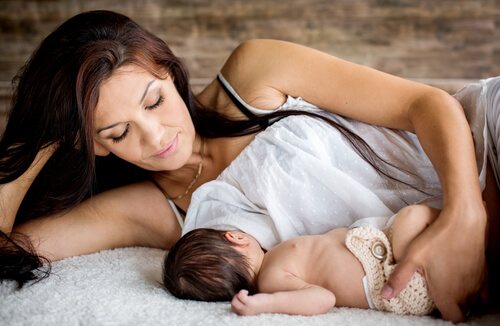
But if this is not possible, you can contact lactation consultants who not only give consultations over the phone, but also, if necessary, visit the young mother at home.
In the case when milk arrives in large volumes, you should not wait for severe breast engorgement; you should latch on to the baby as often as possible. In addition, feeding by the hour often leads to the fact that the baby becomes too hungry by the time of the feeding procedure and grabs the nipple with force and greed, which also causes discomfort. That is why it is better to feed the baby on demand, applying it as often as possible. This prevents the breasts from becoming full, and the baby does not experience a strong feeling of hunger.
In the event that the breasts are still too full, it is best to strain it a little before feeding until it softens a little. This will make it much more convenient for the baby to latch onto the nipple, and it will not cause pain.
To keep the skin of your nipples in good condition, after feeding you should not immediately put on a bra, but rather take air baths.
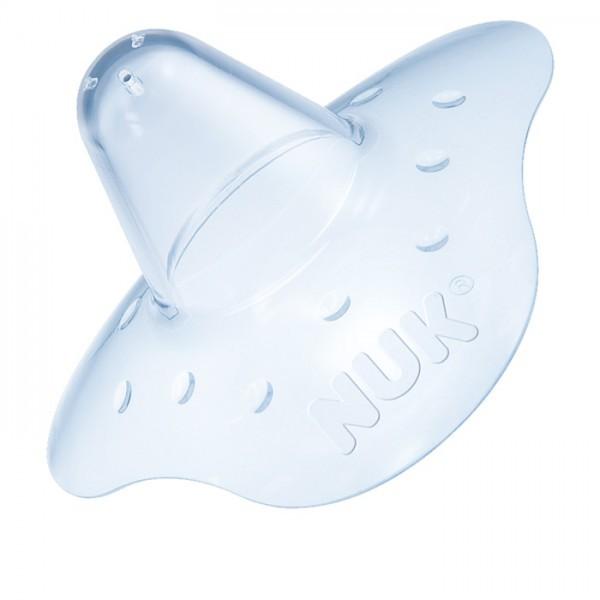
This is very beneficial not only for the nipple area, but also for the entire breast. When taking such procedures, the mammary glands rest from being squeezed by the straps of the underwear.
If there are cracks, it is better to wash your breasts several times a day with warm water, but without using soap, which dries out the skin. After hygiene procedures, you must definitely use panthenol-based ointments. They are safe for the baby, do not impair the quality of milk, and at the same time heal cracks and wounds very quickly. To prevent bacteria from entering the glands, it is necessary to use pads for nursing women.
When the pain and burning sensation in the nipples during feeding is very strong, you can use special silicone breast attachments. As a last resort, until the nipples recover, feed the baby with your milk from a bottle or syringe.
Cracked nipples as a cause of pain
In the first days during lactation, the nipples hurt when breastfeeding, since the tissue on them is highly sensitive. It takes several days to get used to a new quality: a “device” for feeding a newborn.
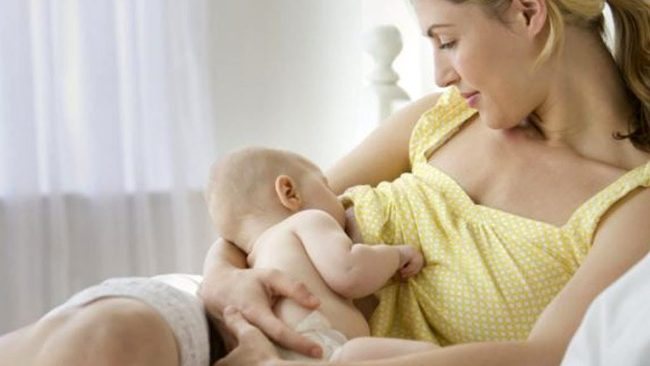
In a certain category of women, a similar process is accompanied by injury: microcracks appear. In order not to aggravate the situation, experts recommend proper breast care:
- take a simple hygienic shower 1–2 times a day;
- any alcohol tinctures for application to the nipple are prohibited, even “brilliant”, they dry out the delicate skin of the breast;
- after each feeding, take a kind of air bath: do not fasten your clothes for 5–7 minutes;
- purchase underwear without rough seams, especially in the nipple area;
- Regularly change inserts to absorb leaking milk if a woman uses them, to prevent infection.
However, the main rule for avoiding the occurrence of such injuries is to attach the baby so that he completely grasps with his mouth not only the nipple itself, but also the areola around it. In this case, the nipple will be in the area of the root of the child’s tongue, which prevents injury, and breast pain will no longer bother the mother.
If microcracks have already appeared, it is recommended to consult with a pediatrician about the best way to treat them so as not to harm the baby’s health.
Additional events
If you have problems with your nipples and breasts during feeding, you can use traditional methods.
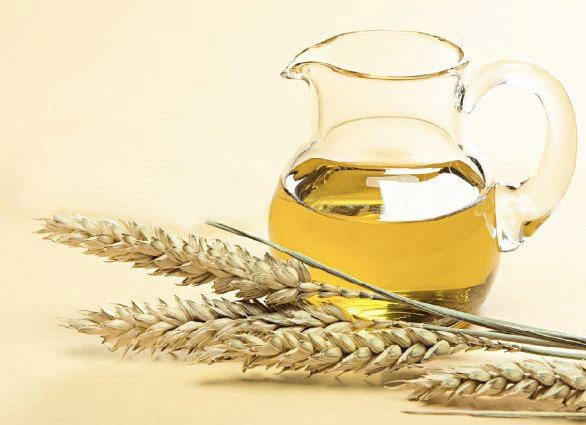
For example, cabbage leaf has good anti-inflammatory properties, which as a compress quickly relieves pain and burning. Such procedures must be done after the clean sheet has been slightly beaten until the juice appears. It is best to leave it on the sore breast overnight, wrapping the mammary glands with a scarf or wearing a loose bra. It is necessary to make cabbage compresses until pain and signs of inflammation completely disappear.
Sea buckthorn or wheat germ oil strengthens the skin of the nipples and heals cracks. After each feeding, they need to thoroughly lubricate the skin, rubbing lightly. After half an hour, it is advisable to remove the remaining oil with a cotton pad or a very soft towel. Tea tree oil also effectively heals wounds, but it has an intense aroma, which the baby may not like. Lavender essential oil is much more gentle, and it is rubbed in its pure form, which does not lead to burning and irritation. Before feeding, you should wash your nipples with warm water.
When to worry
When treatment for sore nipples at home does not bring results, the woman may have candidiasis. Typically, with this disease, the skin of the areola becomes bright pink. In addition, pain does not appear during the feeding process, but after.
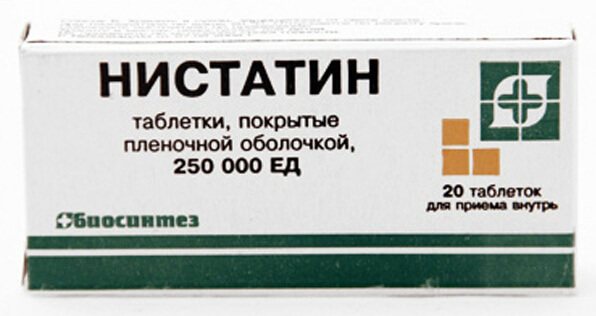
Often discomfort is manifested not only by pain, but also by itching. In this case, treatment should be carried out not only for women, but also for infants, since in the absence of treatment for the baby, there is a high probability of recurrence of the symptoms of thrush.
Treatment for the baby is prescribed by a pediatrician, and he often also prescribes medications for the treatment of candidiasis in the mother. As a rule, Nystatin and Clotrimazole are considered the safest drugs for lactation. A woman must follow the prescribed dosage and duration of the course, since too short treatment will lead to relapse and worsening of the disease.
If mastitis develops, which manifests itself as pain not only in the nipple, but throughout the entire breast, as well as a general deterioration in the woman’s health, you should consult a doctor, since untreated mastitis can lead to surgery. If you experience pain in the areola area, change in color, thickening or peeling, you should visit a mammologist, as such symptoms may indicate the development of breast cancer.
